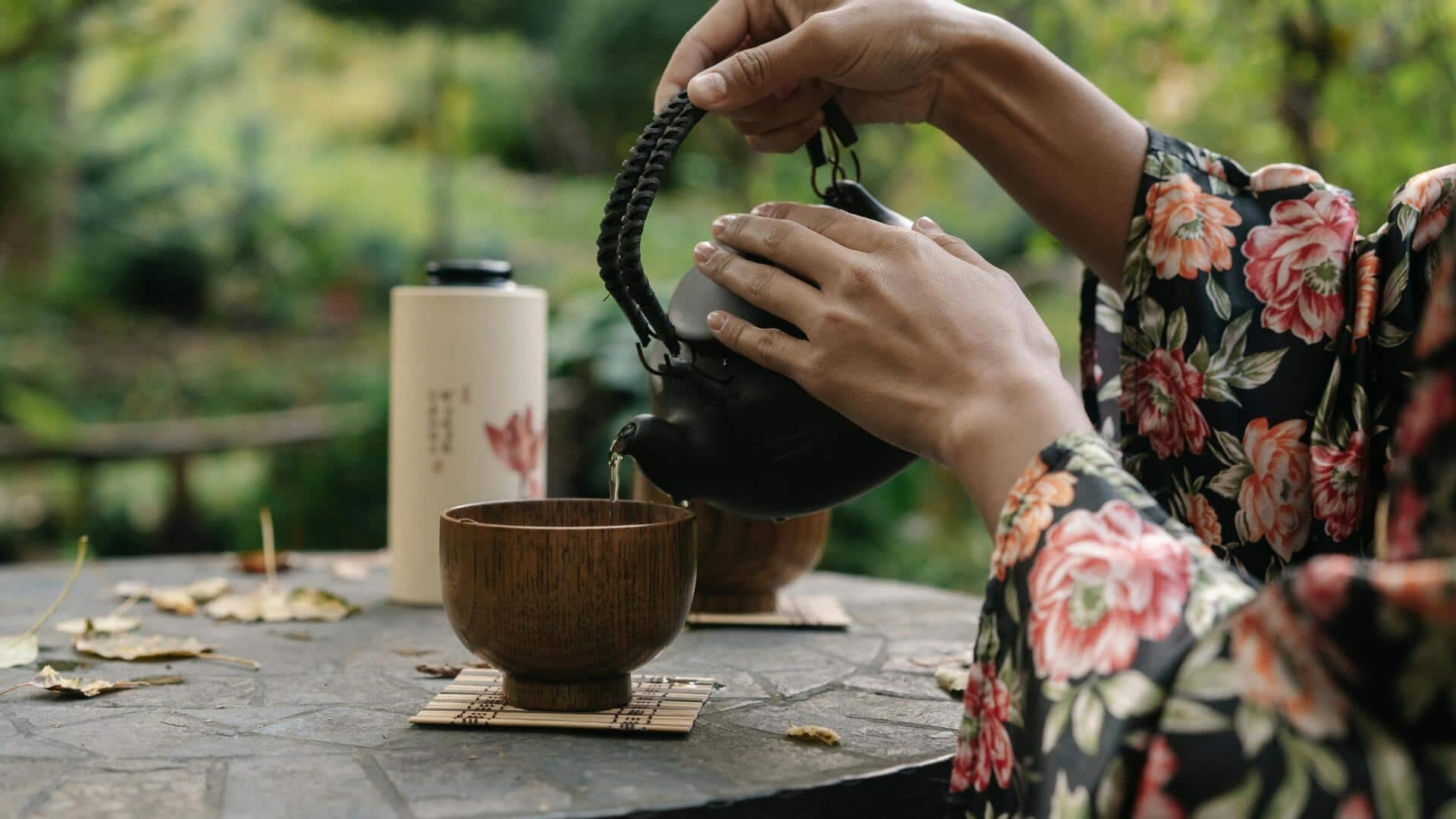
Surprising facts about the Japanese tea ceremony
What's the story
The Japanese tea ceremony, or chanoyu, is a centuries-old tradition that goes beyond just drinking tea. It is an art form that embodies harmony, respect, purity, and tranquility. This ritualistic practice is steeped in history and cultural significance, offering a glimpse into Japan's rich heritage. While most people know about its aesthetic and meditative aspects, here are five surprising facts that delve deeper into this fascinating tradition.
#1
The role of seasonal themes
Seasonal themes play an important role in Japanese tea ceremonies. Practitioners choose utensils and decorations according to the season to reflect nature's changes. For example, during spring, cherry blossom motifs may be used to celebrate the blooming flowers. This practice encourages participants to remain mindful of the present moment and appreciate nature's beauty.
#2
The importance of utensils
Every utensil used in a tea ceremony has its own significance and history. From the chawan (tea bowl) to the chasen (bamboo whisk), each item is carefully chosen for its aesthetic and functional qualities. These utensils are often handmade by artisans who devote their lives to perfecting their craft. The selection process itself is a reflection of the values of simplicity and elegance.
#3
Zen influence on practice
The Zen philosophy has greatly influenced Japanese tea ceremonies by emphasizing mindfulness and meditation. The participants are encouraged to focus on every single action, from preparing the tea to drinking it. This mindful approach promotes inner peace and fosters a sense of connection among participants.
#4
Role of host and guest dynamics
The host-guest relationship is at the center of every tea ceremony. The host prepares everything with utmost care, while guests reciprocate with respect and gratitude. This dynamic establishes an atmosphere of mutual respect where both parties play an equally important role in ensuring that the ceremony goes smoothly.
#5
Influence on modern culture
Japanese tea ceremonies have also influenced modern culture beyond Japan's borders through art forms like ikebana (flower arranging) or calligraphy practices associated with these rituals over time. They continue inspiring people around the world today who seek tranquility amidst busy lives through mindful practices rooted deeply within this ancient tradition itself.